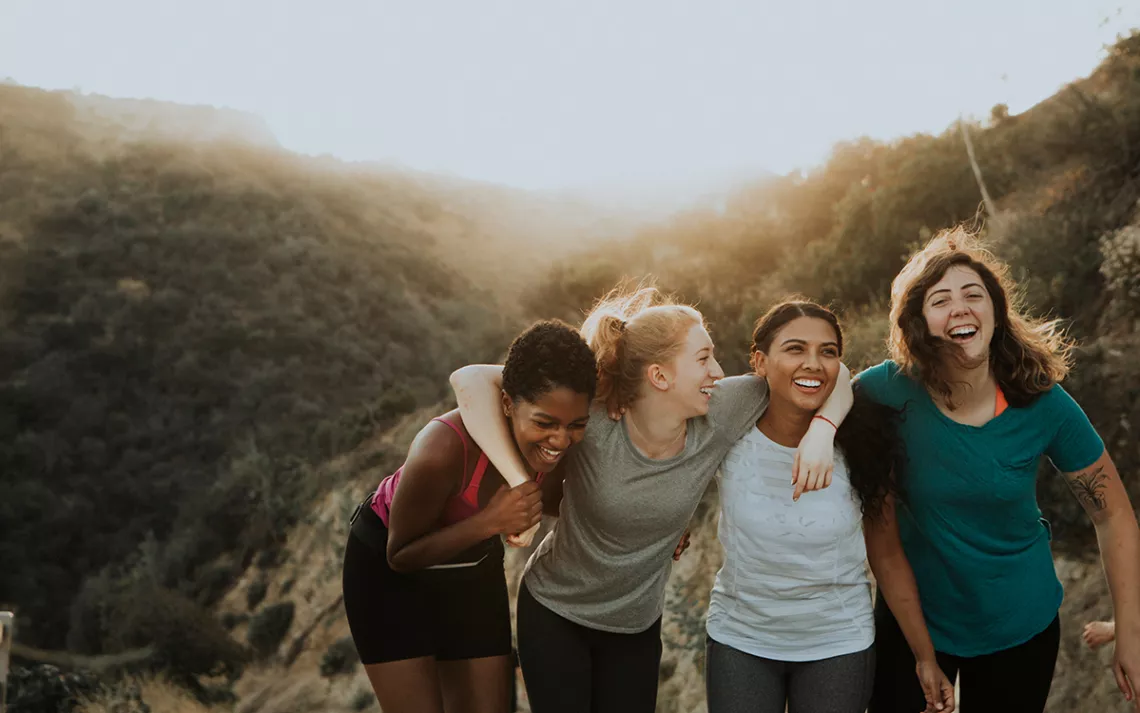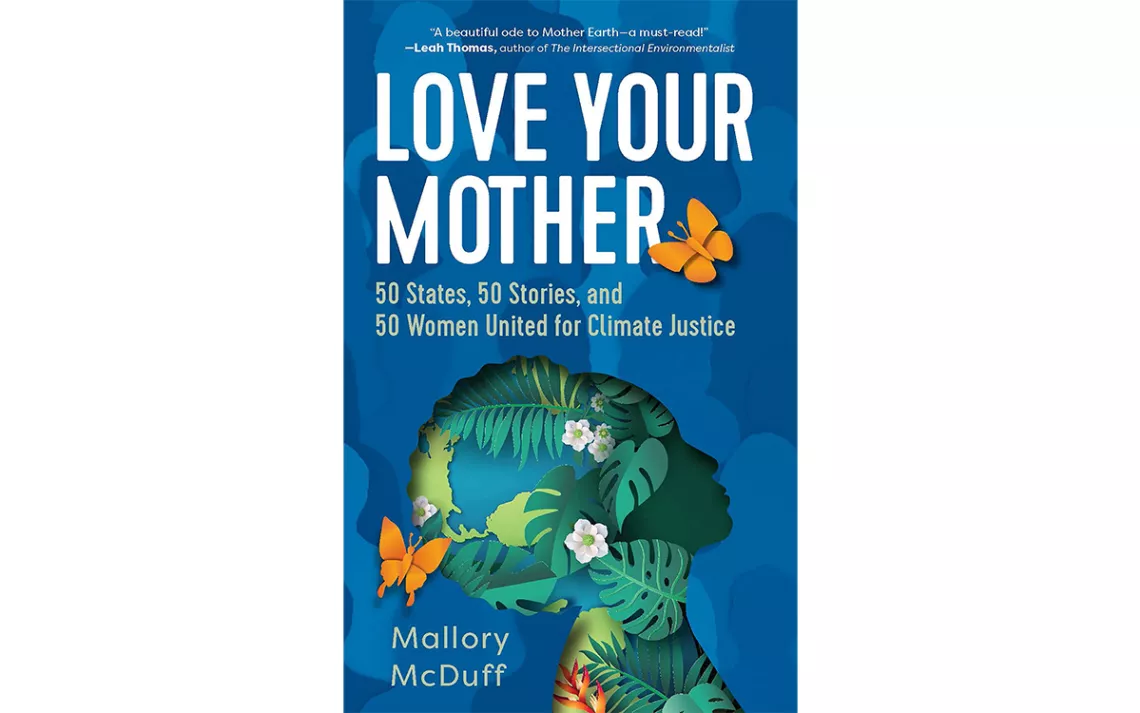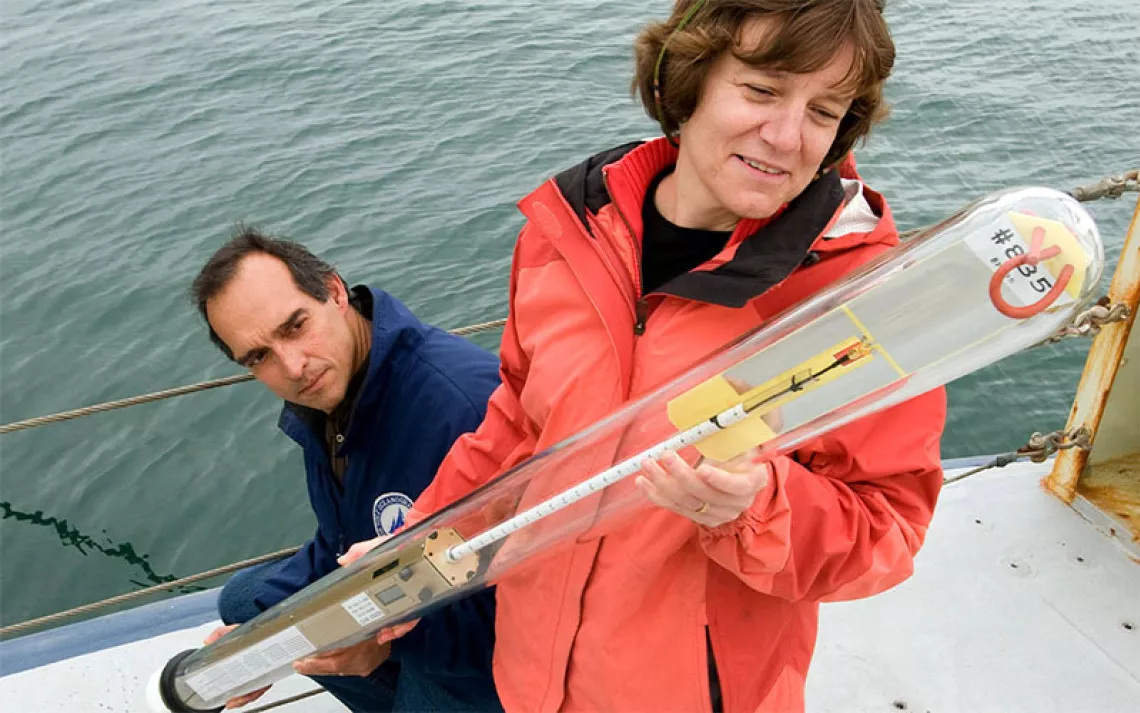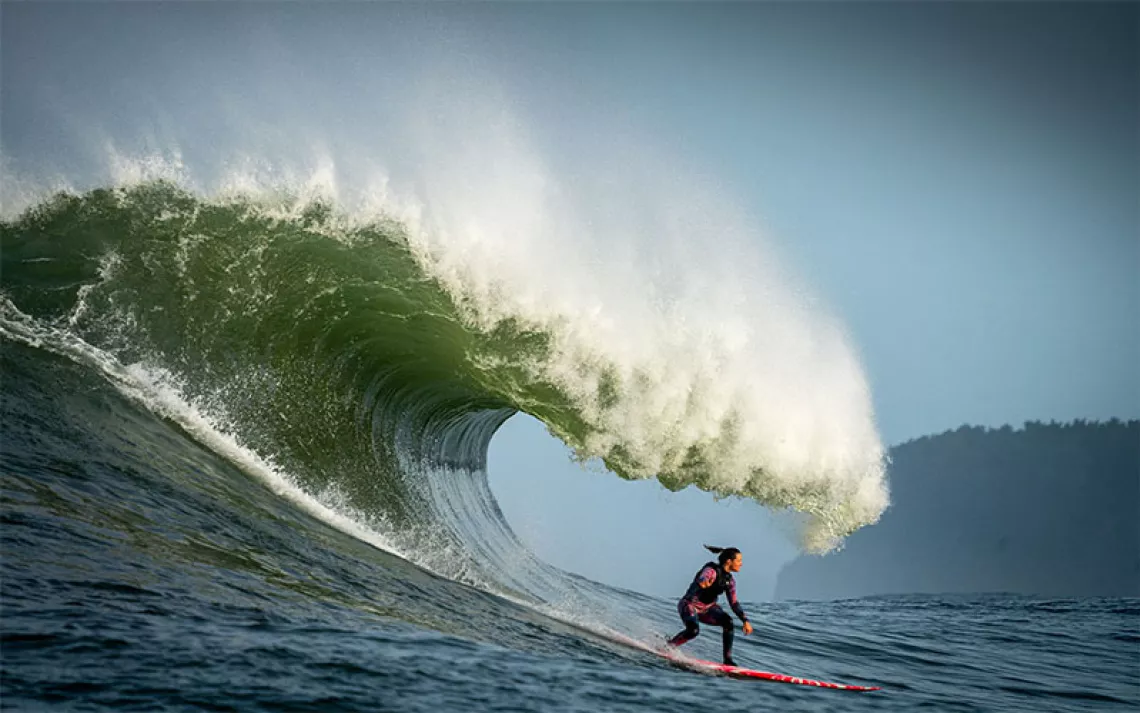How Women Are Transforming Leadership for Climate Justice
An International Women’s Day love letter

Cover photo by Rawpixel/iStock
Imagine wrapping an extra blanket around the planet, climate scientist Katharine Hayhoe has said, causing its temperature to rise. To describe our warming planet, Hayhoe uses the analogy of a fever caused by carbon emissions. Much like a raging fever can threaten a child’s life, the difference of a few degrees, of course, carries catastrophic impacts. “How could I not do everything I could to fix this huge global challenge?” Hayhoe asked back in 2016.
This comparison made sense to me: A mother of two who has stayed up many nights tending to my daughters’ fevers, I know what it’s like to do everything in my power to care for someone. As a professor of environmental education at a small college in the Appalachian Mountains of North Carolina, I also know what it’s like to spend time with young people daunted by the enormity of the climate crisis. For my children and my students, I set out to explore how women across the country are confronting the climate emergency—and I discovered that unconditional love, much like how it affects our relationships in ordinary life, can shape climate leadership.

The women I wrote about in Love Your Mother: 50 States, 50 Stories, and 50 Women United for Climate Justice (2023, Broadleaf Books) each have something to teach us, not just about caretaking but also about how to lead in a crisis—especially one that most affects poor and marginalized communities, with a disproportionate impact on women. “The climate crisis is not gender-neutral,” wrote Katharine Wilkinson and Ayana Elizabeth Johnson, coeditors of the anthology All We Can Save. Indeed, 80 percent of those displaced globally by climate change are women and girls.
My journey highlighted the stories of farmers, poets, scientists, physicians, teachers, students, and more—one woman in every state in the US. Many Indigenous activists, like attorney Tara Houska, show love-based leadership in the grassroots fight for clean water and air for their communities by positioning their bodies against the Line 3 tar sands pipeline in Minnesota. “Quite simply, I don’t believe we will solar panel or vote our way out of this crisis without radically reframing our connection with our Mother,” Houska wrote in All We Can Save. Likewise, fifth-generation Montanan high school student Grace Gibson-Snyder draws on her connection to her family and the land as a plaintiff in the case Held v. State of Montana. Gibson-Snyder is fighting in court for the constitutional right of young people to a healthy life.
From these women, I learned that love is a muscle we can all strengthen as we transform the ways we work together—pushing to dismantle the structural systems that maintain the fossil fuel economy and building a healthy future for all. The unconditional love these women have for the land they inhabit and the air they breathe showed me the possibility of reshaping climate leadership through collaboration, communication, and community.
When I spoke with farmer, birth doula, and restaurant owner Tiffany Bellfield-El-Amin of eastern Kentucky, for instance, I immediately realized she didn’t engage in any task if it wasn’t collaborative. “On a given day, I’ll visit several pregnant moms, and maybe catch a placenta if I assist at a birth,” Bellfield-El-Amin told me. “Then I might meet with farmers through the Community Farm Alliance and later grocery shop for the restaurant.”
A third-generation Black farmer in a state with only 600 Black-owned agricultural businesses, Bellfield-El-Amin lives at the intersection of food, health, and climate justice in rural Kentucky. In her personal life and in her community, she says she’s seen how nutrition and health care can promote wellness in times of crisis. And as a food justice organizer, she provides technical assistance to farmers to ensure they have resources to adapt to the climate crisis with resilient food systems.
“I’m often the only Black farmer and woman at the table in these gatherings,” Bellfield-El-Amin told me. “But I can use my voice to ensure access and justice for all.”
The tattoos on her left arm—the words Patience and Pressure, juxtaposed side-by-side—offer insight into her belief in partnerships, from leading women’s healing retreats to food justice organizing. For every woman who told me her story, it was connection to others that generated collective momentum. With my own students, I now try to emphasize the importance of finding their people, their “climate team,” and collaborating to figure out how to use their unique skills—whether they lie in farming or forestry or fiber arts—for the good of all.
Many of my students say they experience climate anxiety when they aren’t sure what steps to take in the face of this existential crisis. But as Katharine Hayhoe tells us, the most important thing we can do to confront the climate crisis is to talk about it. By that she doesn’t mean finding the most hard-core climate denier at the dinner table and picking an argument, but rather talking openly with the majority of people in the US who are now, according to the Yale Program on Climate Change Communications, alarmed or concerned about the impacts of climate change.
To learn how to better engage in such dialogues, I spoke with Emily Diamond, professor of communication studies at the University of Rhode Island. One of Diamond’s main objectives is to help people talk about climate beyond political identities—to create conversation focused around identities such as being a parent, a recreationist, or a Rhode Islander, rather than being a Republican or Democrat.
“The multidimensional nature of our identities is part of the solution to dissolving the partisan divides around the climate,” said Diamond, who Zoomed with me in a coffee shop while her husband walked outside with their baby. She pointed out that political parties are not the most salient part of most people’s identities; however, in this country, climate concern and action are strongly associated with those affiliations. “So if we can think about other identities such as being a hunter or a person of faith, we can find ways to consider how that identity might be threatened by climate change.”
“The multidimensional nature of our identities is part of the solution to dissolving the partisan divides around the climate.”
This made me think about how my identity as a mother launched my research—the climate crisis, after all, threatened my daughters’ futures. However, I’m also an Episcopalian, sharing values around care of creation and justice with members of my church. Whether in the grocery store or in my classroom, I now seek fellowship in others’ identities that reflect the essence of who we are and the future we want to see.
Each of the climate leaders I spoke with grounded their work in a community in a specific region or place. Take Pooja Shah, who grew up in India but now lives in Kansas, where she works on large-scale renewable energy projects as an electrical engineer. While she works to electrify the economy, she also mentors girls in STEM to help foster excitement about science. In the Deep South, Anna Jane Joyner founded the organization Good Energy to promote the inclusion of realistic climate storytelling in Hollywood movies and TV shows. It’s no accident she’s living on the front lines—ground zero for hurricanes—on the Gulf Coast of Alabama (which is also where I grew up).
Community is the context for all this work—from advocating for clean air in BIPOC neighborhoods in Louisiana to fighting pollution caused by fracking in rural Ohio. Some of the women I spoke with, such as Cecelia González in Nevada, decided to run for public office to affect political systems. Other women used community networks to pressure elected leaders to pass climate legislation, such as in Minnesota, which recently voted to require its electricity to be carbon-free by 2040.
Every woman shares this unconditional love for Earth, land, water, faith, family, biodiversity, and more. Each of us can learn from their stories: We can join with others in climate organizations or groups to amplify our values. We can talk about the climate where we live, work, and play. And we can voice our concerns and our visions for health and justice for all with elected leaders and community members. These women showed me how collective momentum can disrupt the power structures invested in the fossil fuel economy. As Rebecca Solnit famously stated, “Imagination is our superpower.” The bottom line is this: It’s not too late to use our power, and this love story isn’t over yet.
 The Magazine of The Sierra Club
The Magazine of The Sierra Club



